If you have the skills, forge your own tanto, like this guy did: TATARA PROJECT
And yes, I know Hattori Hanzo was a samurai, not a sword smith. I’m also pretty sure his sword did not look like this: Link’s Master Wooden Cosplay / Practice Sword from hanzoswords.com
Category: Web
Pandora, Boxed
This is so sad:
Dear Pandora Visitor,
We are deeply, deeply sorry to say that due to licensing constraints, we can no longer allow access to Pandora for most listeners located outside of the U.S. We will continue to work diligently to realize the vision of a truly global Pandora, but for the time being we are required to restrict its use. We are very sad to have to do this, but there is no other alternative.
We believe that you are in Thailand (your IP address appears to be xxx). If you believe we have made a mistake, we apologize and ask that you please contact us at pandora-support@pandora.com
If you are a paid subscriber, please contact us at pandora-support@pandora.com and we will issue a pro-rated refund to the credit card you used to sign up. If you have been using Pandora, we will keep a record of your existing stations and bookmarked artists and songs, so that when we are able to launch in your country, they will be waiting for you.
We will be notifying listeners as licensing agreements are established in individual countries. If you would like to be notified by email when Pandora is available in your country, please enter your email address below. The pace of global licensing is hard to predict, but we have the ultimate goal of being able to offer our service everywhere.
We share your disappointment and greatly appreciate your understanding.
RIP, Pandora. Shame on those that killed you, for without unrestricted access from outside those walls, you truly are dead.
Ridley Scott Interview

This interview at Wired regarding the final rendering of Blade Runner is awesome: Ridley Scott Has Finally Created the Blade Runner He Always Imagined
A Hyperlinky Ode to a Damn Fine Fish – Soft Tilapia Pr0n
Oh, Tilapia, how versatile thy be!
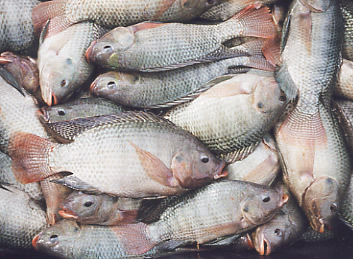
You are on my plate nearly every week, and my favorite New Years repast.
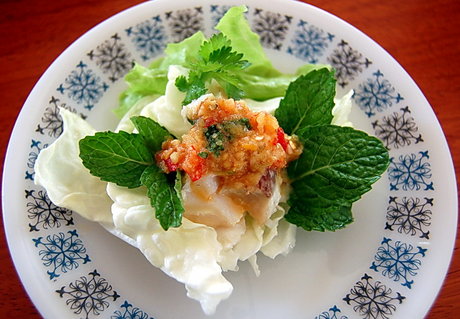
In fact, you are farmed in such numbers, so misused for pest/plant control, and just so damn tough that you threaten every natural environment you visit.
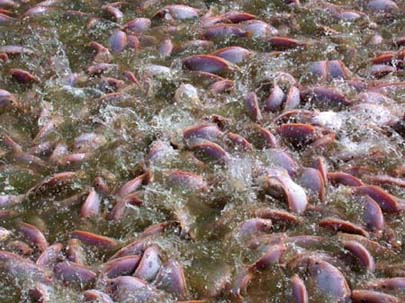
Some even call you the farmed fish of biblical fame.
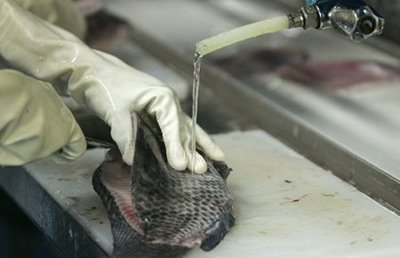
However.
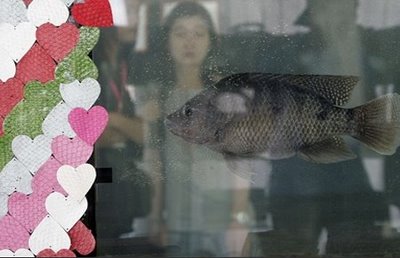
Now they can make your skin into leather.

… And can hence be used for bust control.


THE END
/////////////////////
Link to the online retailer of tilapia skin products mentioned in the latter Reuters article linked above: angie&penny
I finally found the video most of the graphics used above were pulled from (the others are mine or from Google Images):
but now i iznt
I thought I’d have enough of LOLcats approximately three seconds before seeing the 3,764th one in an email from my 13 year old cousin, but apparently not. This variation was pretty funny: retelling the greatest story ever told, LOLcat style
Endless Light
Just found out today that Madeleine L’Engle passed. A Wrinkle in Time was one of my favorite books growing up. I haven’t read it in twenty years, but I still remember that awesome illustration of ants walking on a string in my edition.
RIP


